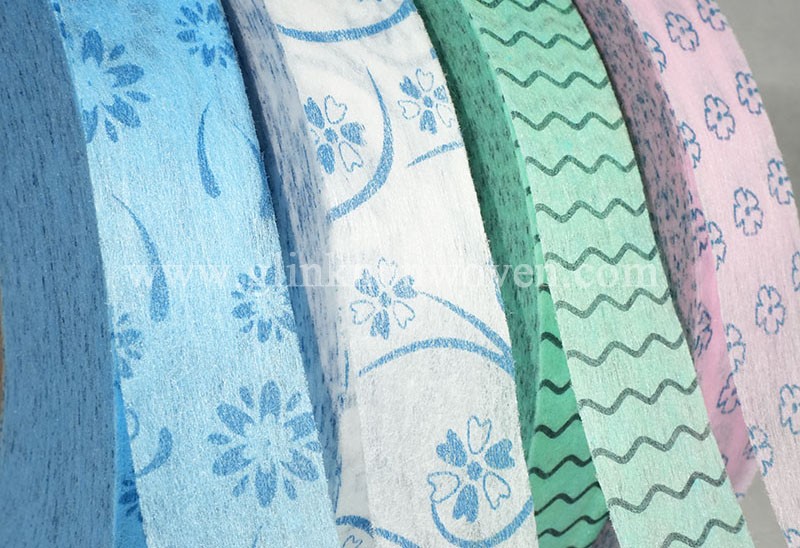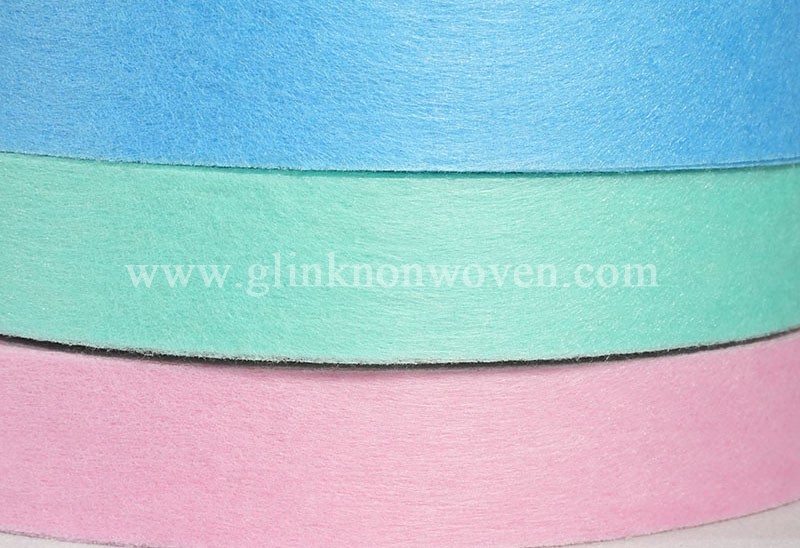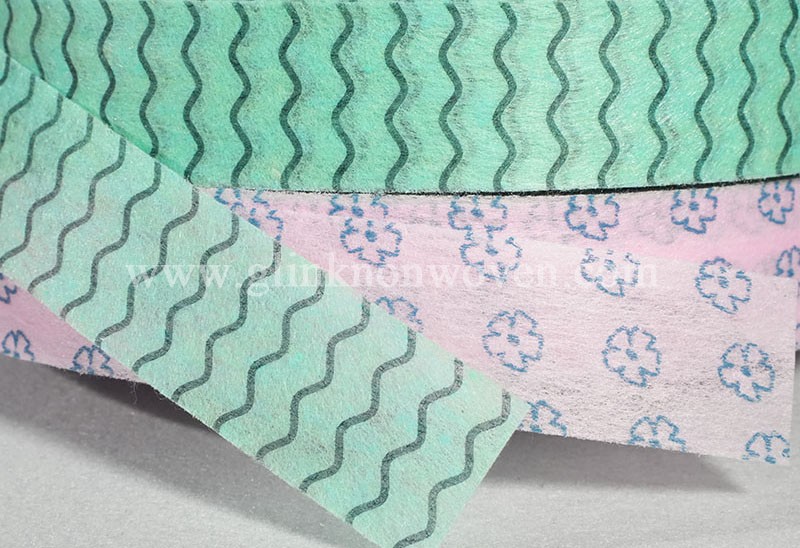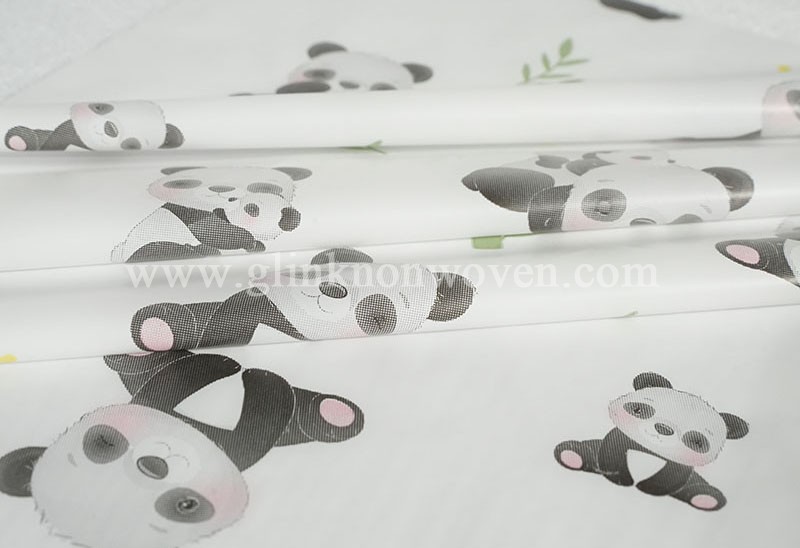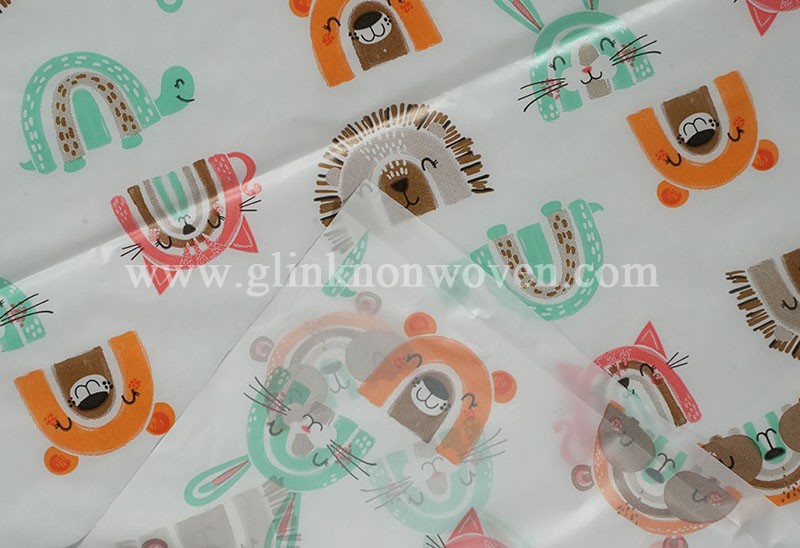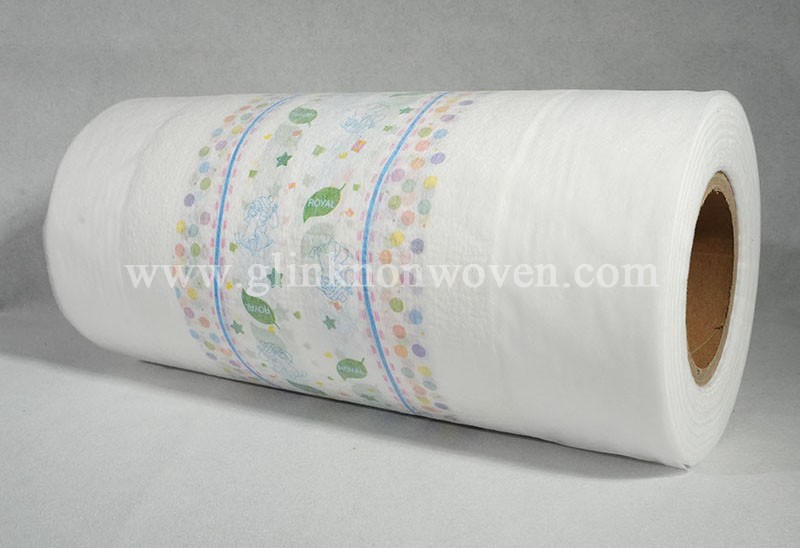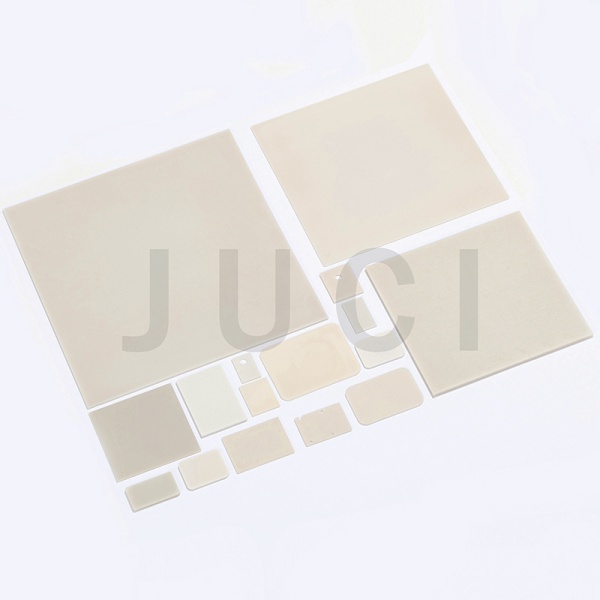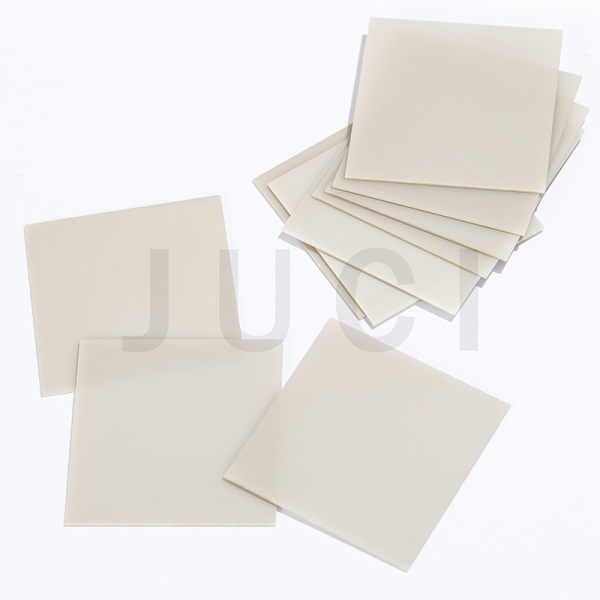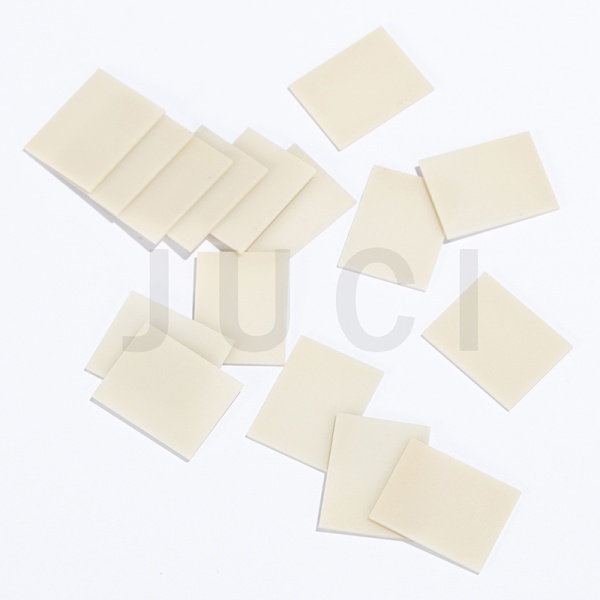With the rapid development of 5G communications, artificial intelligence (AI), electric vehicles (EVs), and power electronics, traditional thermal management materials (such as aluminum oxide, Al₂O₃) can no longer meet the demands of high-power, high-frequency, and high-temperature environments. Aluminum nitride (AlN), with its ultra-high thermal conductivity, excellent electrical insulation, and low thermal expansion coefficient, is quickly becoming a critical material in the semiconductor and electronics industries.
So, why is aluminum nitride regarded as a core material for the future of the electronics industry? How does it address the thermal challenges of modern electronic devices? This article will delve into the advantages and applications of AlN.
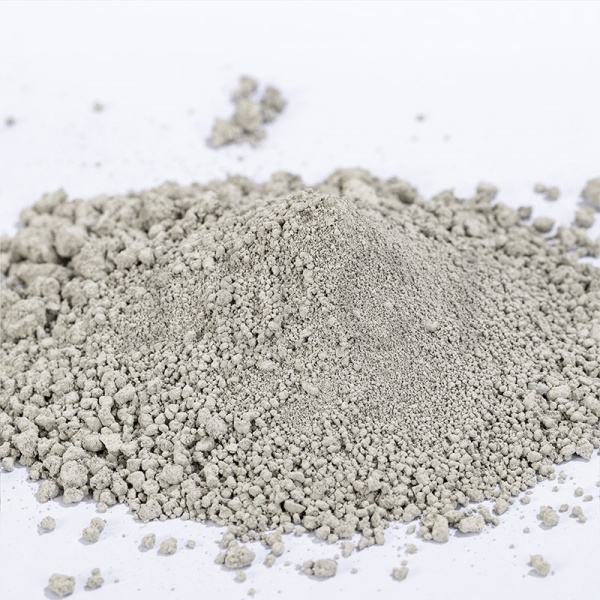
1. Core Advantages of Aluminum Nitride (AlN)
(1) Ultra-High Thermal Conductivity (170-230 W/m·K)
Traditional aluminum oxide (Al₂O₃) has a thermal conductivity of only 20-30 W/m·K, while AlN’s thermal conductivity is over 7 times higher, approaching that of metallic aluminum (237 W/m·K), yet it retains excellent insulation properties.
It is ideal for high-power semiconductors (e.g., SiC/GaN devices), significantly reducing chip junction temperatures and extending device lifespan.
(2) Low Thermal Expansion Coefficient (4.5×10⁻⁶/K), Matches Silicon Chips
AlN’s thermal expansion coefficient is close to that of silicon (Si, ~3.5×10⁻⁶/K), minimizing thermal cycling stress and preventing chip cracking.
It performs exceptionally well in high-density integrated circuit (IC) packaging, improving reliability.
(3) Excellent Electrical Insulation (Resistivity >10¹⁴ Ω·cm)
Suitable for high-voltage, high-frequency electronic devices (e.g., 5G base stations, radar systems), preventing current leakage.
(4) High-Temperature Resistance (>2000°C) and Chemical Stability
Ideal for extreme environments such as aerospace and EV battery systems.
2. Applications of AlN in Electronics and Semiconductors
(1) Power Electronics & Electric Vehicles (EVs)
IGBT Modules: Companies like Tesla and BYD use AlN substrates to improve inverter heat dissipation and extend battery life.
SiC/GaN Devices: AlN substrates are used in silicon carbide (SiC) and gallium nitride (GaN) power modules to enhance switching frequency and energy efficiency.
(2) 5G Communications & RF Devices
5G base station power amplifiers (PAs) require efficient heat dissipation; AlN ceramic packaging reduces signal loss and improves transmission efficiency.
Companies like Huawei and Ericsson use AlN substrates to optimize millimeter-wave (mmWave) antenna performance.
(3) LEDs & Laser Diodes
High-brightness LEDs (e.g., UV LEDs, Micro LEDs) rely on AlN substrates for heat dissipation to prevent efficiency degradation.
LiDAR systems use AlN to enhance thermal management, ensuring the stability of autonomous driving sensors.
(4) Aerospace & Defense
Satellite power systems, radar, and electronic warfare equipment require high-temperature-resistant, radiation-hardened materials, making AlN an ideal choice.
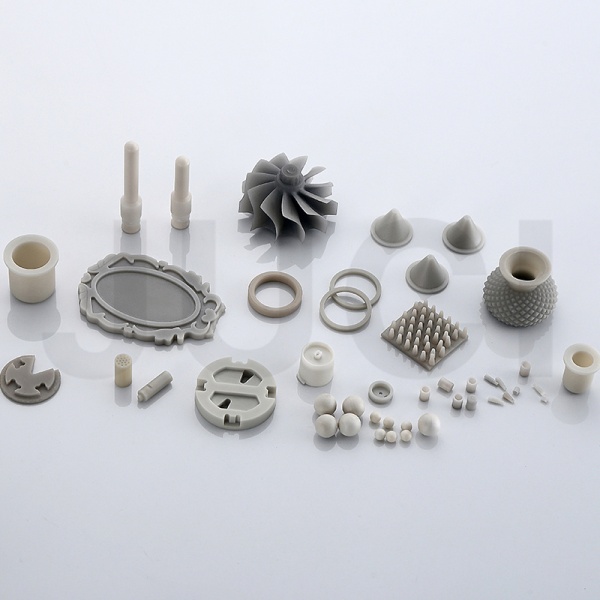
Key Drivers:
EV adoption (surge in SiC/GaN demand)
Large-scale deployment of 5G base stations (high-frequency heat dissipation needs)
AI servers & high-performance computing (HPC) (thermal management for high-power chips)
3. Frequently Asked Questions (FAQ)
Q1: AlN is more expensive than Al₂O₃—why is it still worth the investment?
A1: Although AlN has a higher initial cost, its superior thermal conductivity, longer device lifespan, and lower system failure rates reduce long-term costs.
Q2: Is AlN difficult to process?
A2: Modern hot-press sintering (HPS) and precision grinding technologies can achieve ±0.001mm accuracy, meeting the demands of high-end electronic packaging.
Q3: Will AlN be replaced by other materials in the future?
A3: In the high-thermal-conductivity ceramic field, AlN currently offers the best balance (thermal conductivity, insulation, cost). Future developments may involve composite ceramics (e.g., AlN-SiC), but AlN will remain a core material.
4. Conclusion: Aluminum Nitride—The Future Material for Electronics
AlN, with its exceptional thermal conductivity, electrical insulation, and thermal matching properties, is driving innovation in semiconductors, 5G communications, EVs, and aerospace. As third-generation semiconductors (SiC/GaN) become mainstream, the demand for AlN will continue to grow.
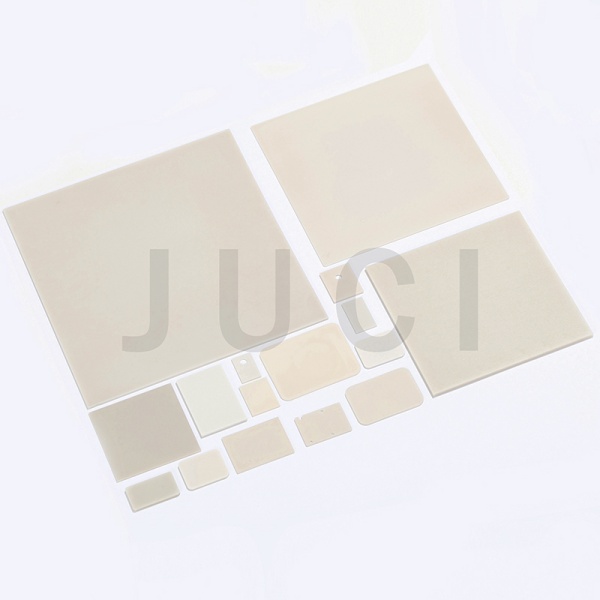
About Xiamen Juci Technology
Juci Technology leverages high-purity raw materials, advanced composite additives, and precision sintering processes to enable stable mass production of high-performance AlN ceramic substrates. With flexible customization and rigorous quality control, we meet the demanding requirements of high-power LEDs, IGBT modules, 5G RF devices, and aerospace applications—making us a leading Chinese supplier of ultra-high thermal conductivity aluminum nitride solutions.
Media Contact:
Xiamen Juci Technology Co., Ltd.
Phone: +86 592 7080230
Email: miki_huang@chinajuci.com
Website: www.jucialnglobal.com
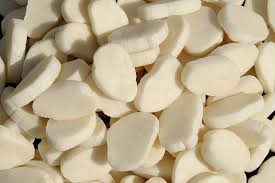
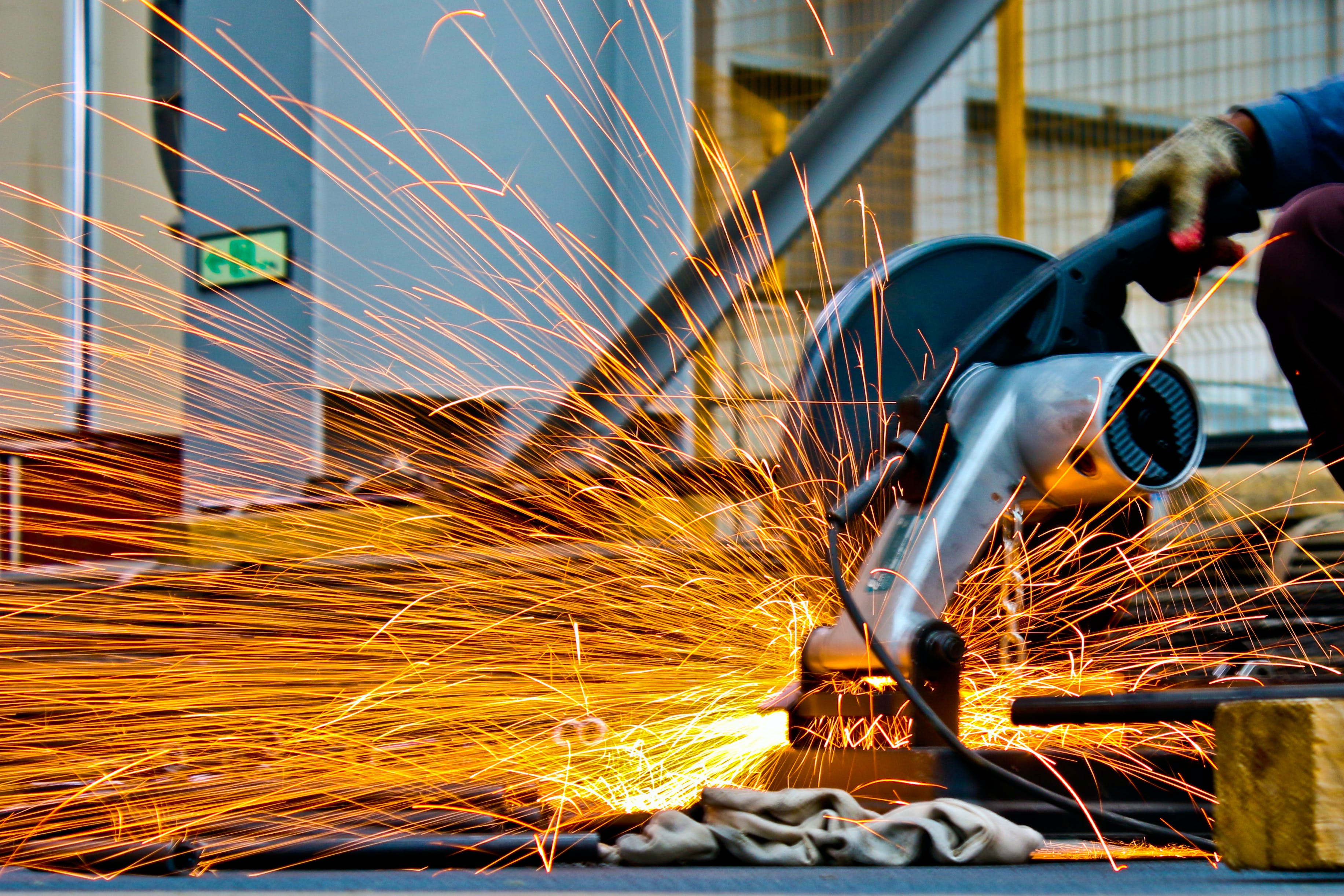
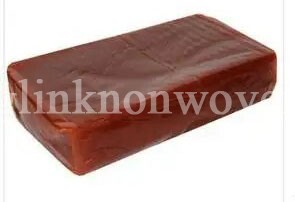
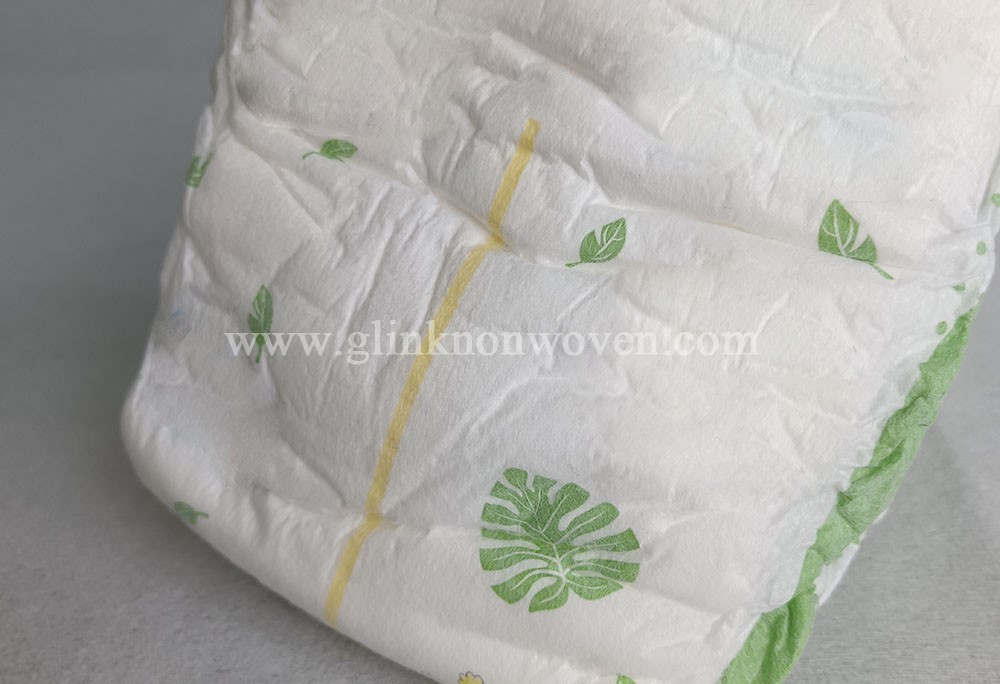
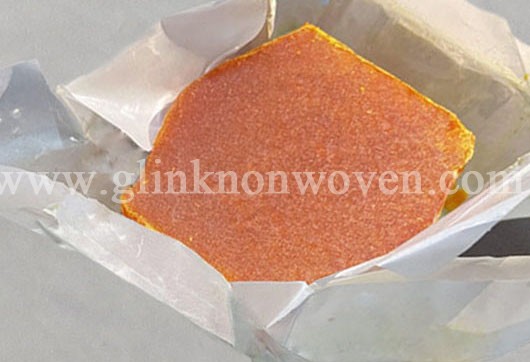 There is almost no odor, which can create a fresh use environment for the baby. Even in a humid environment, it can maintain good performance. It has good stability and can stably play the color-changing function in different environments. It has excellent operating performance and is easy to operate during the production process, ensuring the quality and production efficiency of the product. With urine-displaying gel, taking care of your baby becomes more worry-free!
There is almost no odor, which can create a fresh use environment for the baby. Even in a humid environment, it can maintain good performance. It has good stability and can stably play the color-changing function in different environments. It has excellent operating performance and is easy to operate during the production process, ensuring the quality and production efficiency of the product. With urine-displaying gel, taking care of your baby becomes more worry-free!